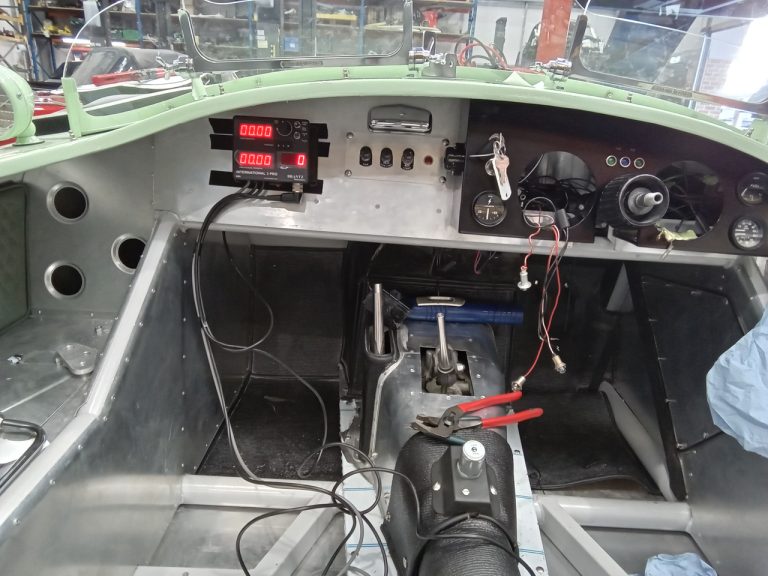
Fitting Dash
Over the weekend, John finished wiring in the dash of our 2022 Bridge C-Type Replica. He also fitted the Brantz system and trial-fitted the switches


Over the weekend, John finished wiring in the dash of our 2022 Bridge C-Type Replica. He also fitted the Brantz system and trial-fitted the switches
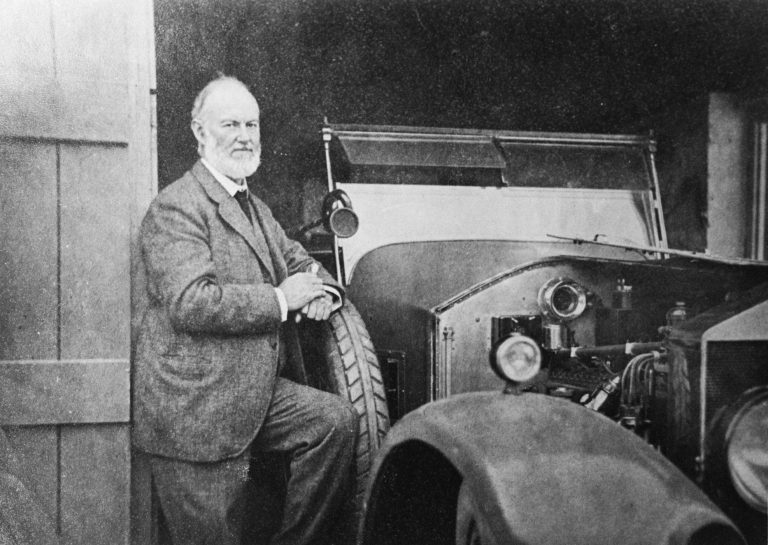
“Henry Royce’s life followed a truly extraordinary arc. From impoverished origins and with minimal formal education, he became a giant of 20th Century engineering and innovation,

Coming into contact with a wide range of classic cars every day, it is painfully clear to me that each and every classic comes with
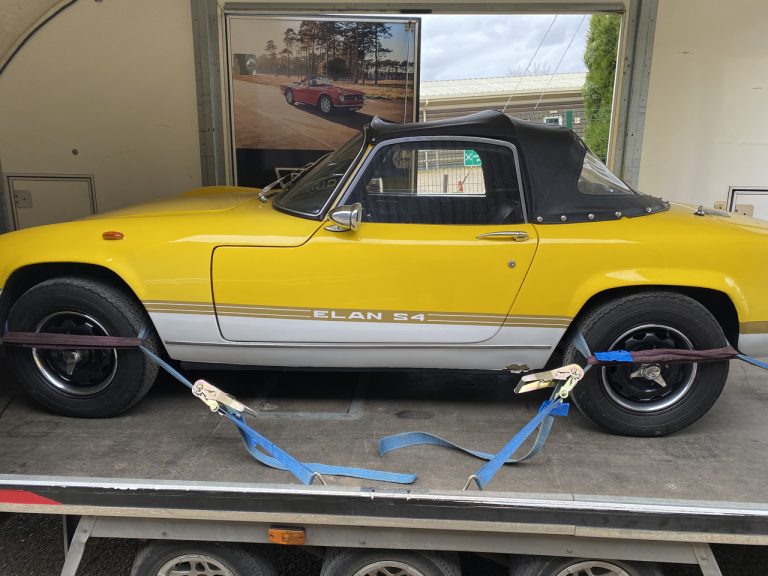
Our 1968 Lotus Elan has been safely transported to our secure storage facility. It will now be looked after in the company of other impressive
Over the weekend, John finished wiring in the dash of our 2022 Bridge C-Type Replica.
He also fitted the Brantz system and trial-fitted the switches and gauges to help find the best location for each one.



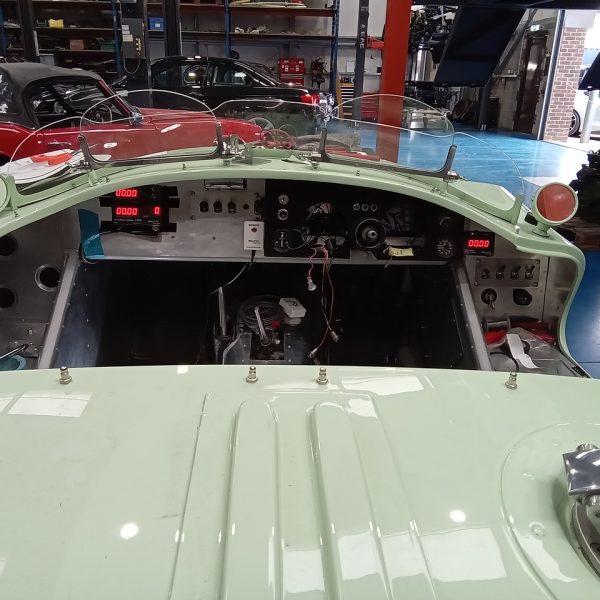
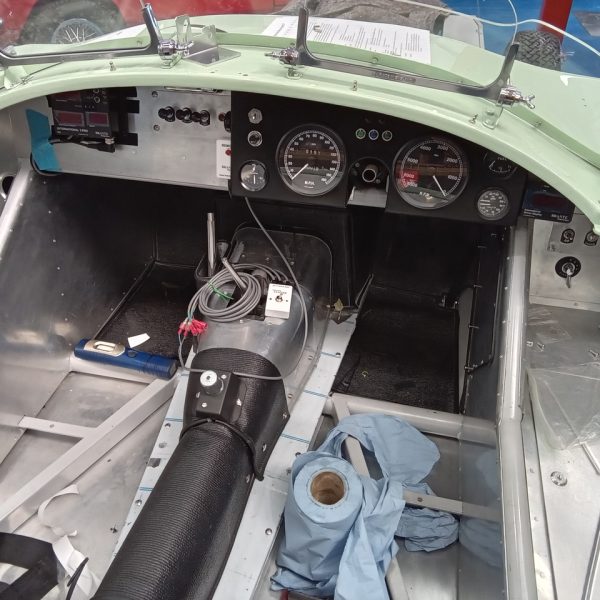

“Henry Royce’s life followed a truly extraordinary arc. From impoverished origins and with minimal formal education, he became a giant of 20th Century engineering and innovation, responsible for designs and technology that helped shape the world we live in now. But this classic rags-to-riches tale belies the complexity of the man, and understates the many challenges he faced during his remarkable life. After 120 years, his influence on the marque he co-founded remains powerful and pervasive; he literally made us who we are today.”
Andrew Ball, Head of Corporate Communications and Heritage, Rolls-Royce Motor Cars
Frederick Henry Royce was born on 27 March 1863 in Alwalton, near Peterborough. He was the youngest of five children in a family with extreme financial problems. After Henry’s father was declared bankrupt, he was put in prison (as was the law at the time!) Growing up in this situation had a deep affect on Royce’s character and health for the rest of his life.
When he was just 10 years old, Henry began working as a newspaper seller in London before later moving into a role as a telegram delivery boy. In 1877, with financial support from his aunt, he became an apprentice at the Great Northern Railway (GNR) workshops in Peterborough. It was here that his natural aptitude for design and working with his hands became clear. A set of three miniature wheelbarrows he made out of brass were early signs of the high standards he would set for himself and others throughout his career.
Just two years after starting his apprenticeship, his aunt ran into money troubles too. This left Henry unable to pay his annual apprenticeship fee. After returning to London, he began working for the Electric Lighting & Power Generating Company (EL&PG). Back then, electricity was still so new that it had no professional institutions, and therefore no formal examinations or entry qualifications. For someone like Henry Royce, who had only the most basic schooling, this was extremely fortunate.
His fascination for the subject, intense work ethic, and commitment to improving himself (he attended evening classes in English and Maths after work) meant that in 1882, the EL&PG, by now renamed the Maxim-Weston Electric Company, sent him to manage the installation of street and theatre lighting in Liverpool. When the company abruptly collapsed, Royce, still only 19, again found himself unemployed.
In late 1884, Henry founded F H Royce & Co in Manchester. Initially producing small items such as battery-powered doorbells, the company progressed to making overhead cranes, railway shunting capstans and other heavy industrial equipment.
By 1901, the years of hard work and a less-than-ideal home life were taking a severe toll on Royce’s health, which had probably been permanently weakened by the struggles of his childhood. Things got even worse the following year when the company found its finances stretched. This was mainly due to the influx of cheaper imported electrical machinery that undercut its prices. As he was such a perfectionist, Royce was not prepared to compromise the quality of his products, but this extra stress meant that, in 1902, his health took a big dive!
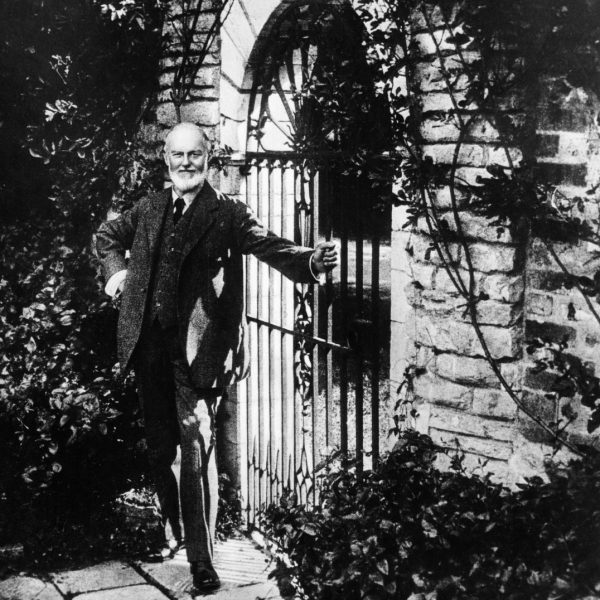

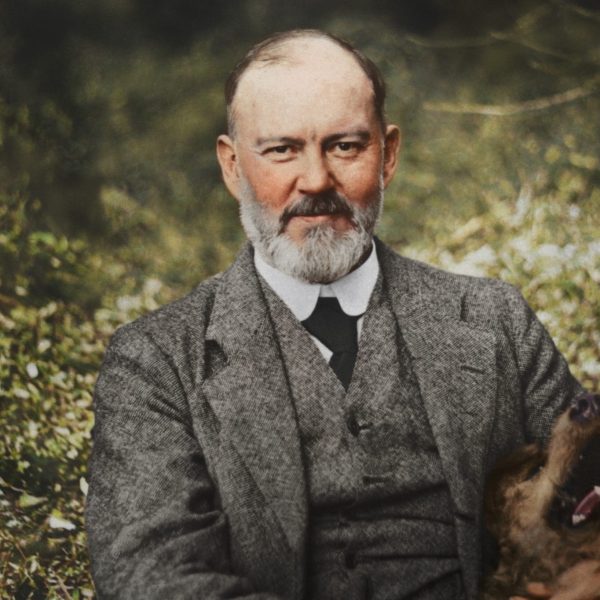

Royce’s doctors prescribed complete rest and persuaded him to take a 10-week holiday with his wife’s family in South Africa. On the long journey, he read a newly published book, ‘The Automobile – Its Construction and Management’. What he learned would change his life – and ultimately, the automotive world.
On his return to England, Royce purchased his first car, a French-built 10 H.P. Decauville. It is said that this first car was so poorly made and unreliable that Royce decided he could do better. In fact, his holiday reading had already made up his mind that he was going to produce his own car. He chose the Decauville because it was one of the finest cars available to him, in order to dismantle it and then, in his most famous phrase, ‘take the best that exists and make it better’.
He began by building three two-cylinder 10 H.P. cars, based on the Decauville layout. With these foundational machines, he demonstrated the analytical approach, attention to detail and pursuit of excellence in design and manufacture that would go on to define his life.
His friend and business associate, Henry Edmunds, borrowed one of these original Royce 10H.P. cars to compete in the 1,000-mile Slide Slip Trials organised by the Automobile Club of Great Britain & Ireland (later the Royal Automobile Club, or RAC) in April 1904. Edmunds was enormously impressed and realised this was precisely the high-quality, British-made model that a friend and fellow Club member was looking for to stock in his new London car dealership. That friend was, of course, The Hon Charles Stewart Rolls.
As the technical mastermind behind the new partnership, Royce’s output was astounding. From the company’s foundation in 1904 until his death in 1933, he personally created the initial concept for every mechanical item in every Rolls-Royce car. An instinctive, intuitive engineer, he had an unmatchable ability to assess components purely by eye. He firmly believed that if something looked right, it probably was – and he was almost always proved correct.
As demand grew, and the cars themselves became increasingly complex, he established a design team, led by his motto, ‘Rub out, alter, improve, refine’. Everything the team produced would then either be rejected and sent back for more work or finally signed off, by Royce alone. In contrast to modern motor manufacturing, where models are introduced, updated and replaced at defined intervals, Royce made continuous improvements to his products, without any announcement or notice. Some of these improvements were tiny, but the impact of these changes was that almost no two Rolls-Royce motor cars were exactly alike in every detail.
It is worth noting that Henry Royce never actually designed a complete car. Up to 1949, Rolls-Royce produced only a ‘rolling chassis’, equipped with an engine and drivetrain, upon which a specialist coachbuilder built the bodywork to the customer’s specification. The rolling chassis did, however, include the bulkhead and the radiator, which determined, at least in part, the finished car’s overall proportions.
Henry Royce was meticulous in his work and had an inquisitive mind that made him strive for perfection. His work and his ethos have outlived him and, to this day, his legacy lives on in every Rolls-Royce made.
Coming into contact with a wide range of classic cars every day, it is painfully clear to me that each and every classic comes with a unique story and history. Whether it be a rare car with a racing pedigree, being previously owned by a celebrity, or even a former everyday car that is full of nostalgia and memories of times gone by; there is always something to experience.
There is a worry that over the coming decades, as these automotive legacies continue to age, there will be a lack of people passionate about these cars to keep them on the road for future generations to enjoy and admire.
With this in mind, the Classic Car Loan Project has been formed to help keep the interest in classic vehicles alive and to help more people into the classic car world.
The Classic Car Loan Project (CCLP) stems from a very simple idea: what if young people could experience the joy and challenge of driving a classic car; not as a rare treat but as part of their daily lives?
This question led to the launch of the Classic Car Loan Project 7 years ago, starting with just one generous owner and one classic car. Fast forward to today, the project has grown to include over 20 classic cars with more owners joining every year.


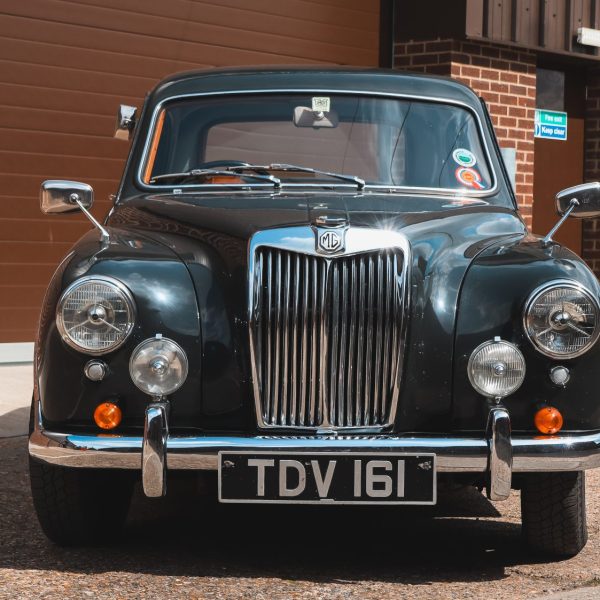
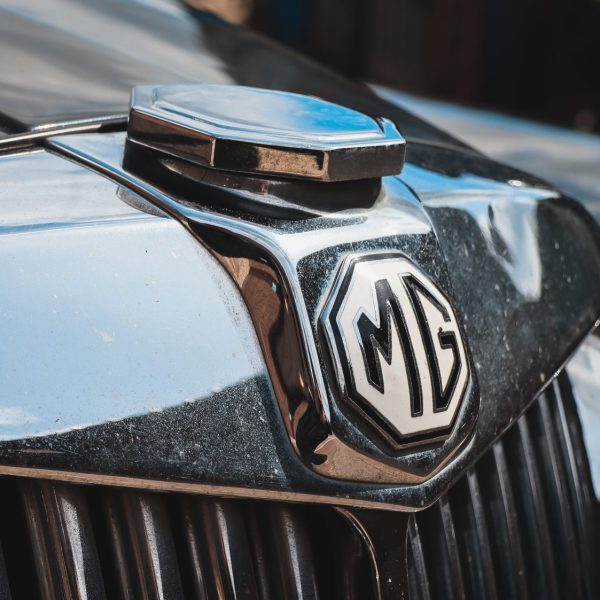
The Classic Car Loan Project operates on a straightforward structure: selected young drivers are given the opportunity to borrow a classic car for up to a year. This arrangement isn’t just about driving a historical vehicle though; it’s a comprehensive experience that involves caring for and maintaining a piece of automotive history. The project targets individuals who have a genuine interest in classic cars but might not have the means or opportunity to own one themselves.
At its core, the project serves a dual purpose. For young enthusiasts, it offers an incredible opportunity to immerse themselves in the world of classic cars, learning not just about driving but also about the responsibilities of maintenance and preservation. For the owners, it provides the satisfaction of sharing their passion and the assurance that their classics are being enjoyed and not left to gather dust.
Over the years, the Classic Car Loan Project has caught the attention of the classic car community. Each story of a young driver bonding with their borrowed car is a testament to the project’s success in bridging the generational gap in automotive enthusiasm. From attending car shows to interacting with clubs, borrowers have taken their temporary ownership of these vehicles seriously, contributing to a renewed interest in classic car preservation.
As the project continues to grow, the organisers are constantly looking for more owners willing to share their classic cars and for young enthusiasts keen to join the classic car lifestyle. The ultimate goal is not just to keep classic cars on the road but to ensure that the stories, heritage, and passion for these vehicles are passed down to future generations.
Our 1968 Lotus Elan has been safely transported to our secure storage facility.
It will now be looked after in the company of other impressive cars.
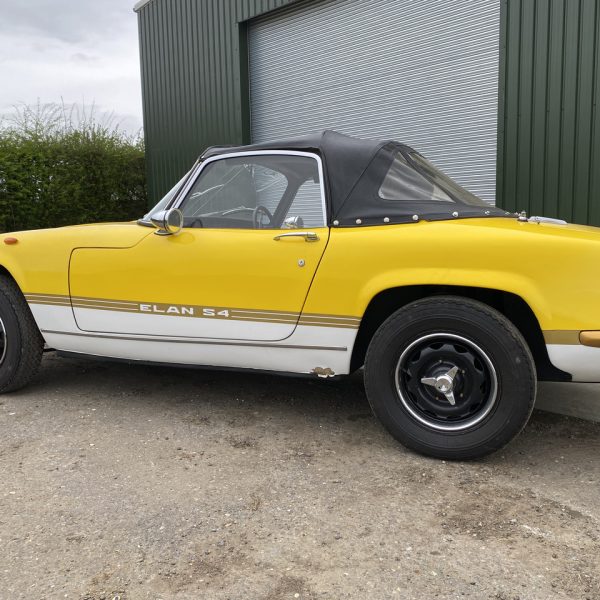
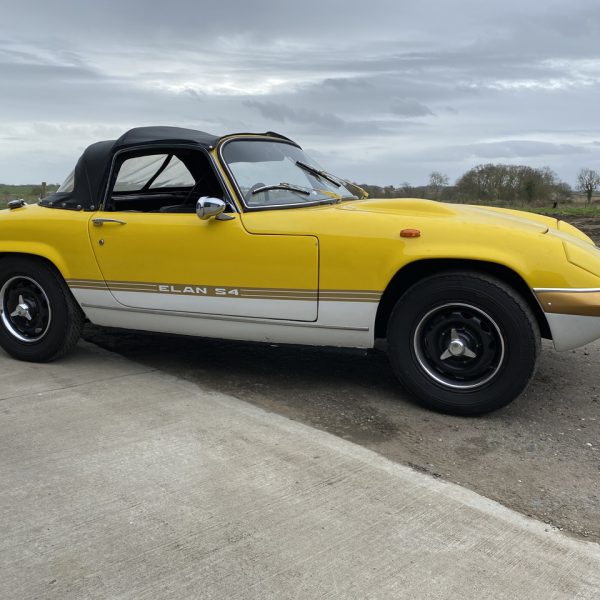
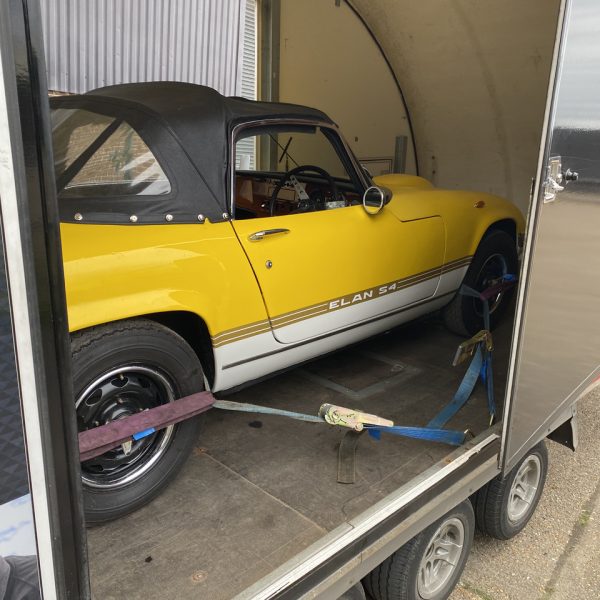

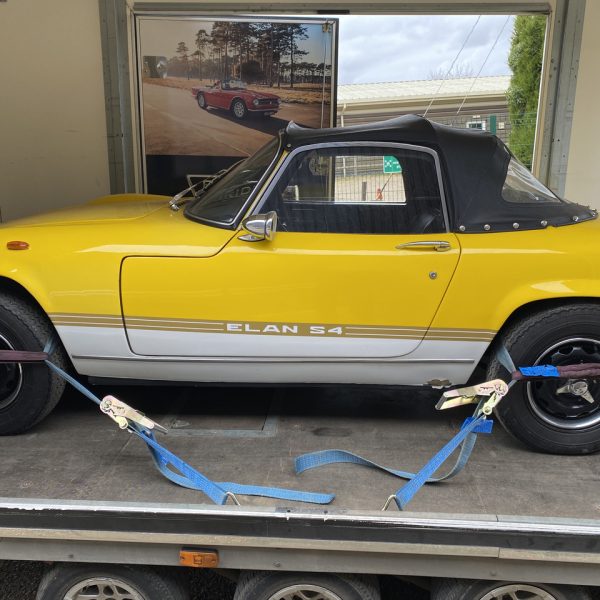
We use cookies to deliver the best possible experience whilst visiting our website. By clicking "Accept All", you consent to our use of cookies, or you can manage your preferences by clicking the link below. You can manage your preferences at any time from out Cookie Policy page.
Leave a Reply